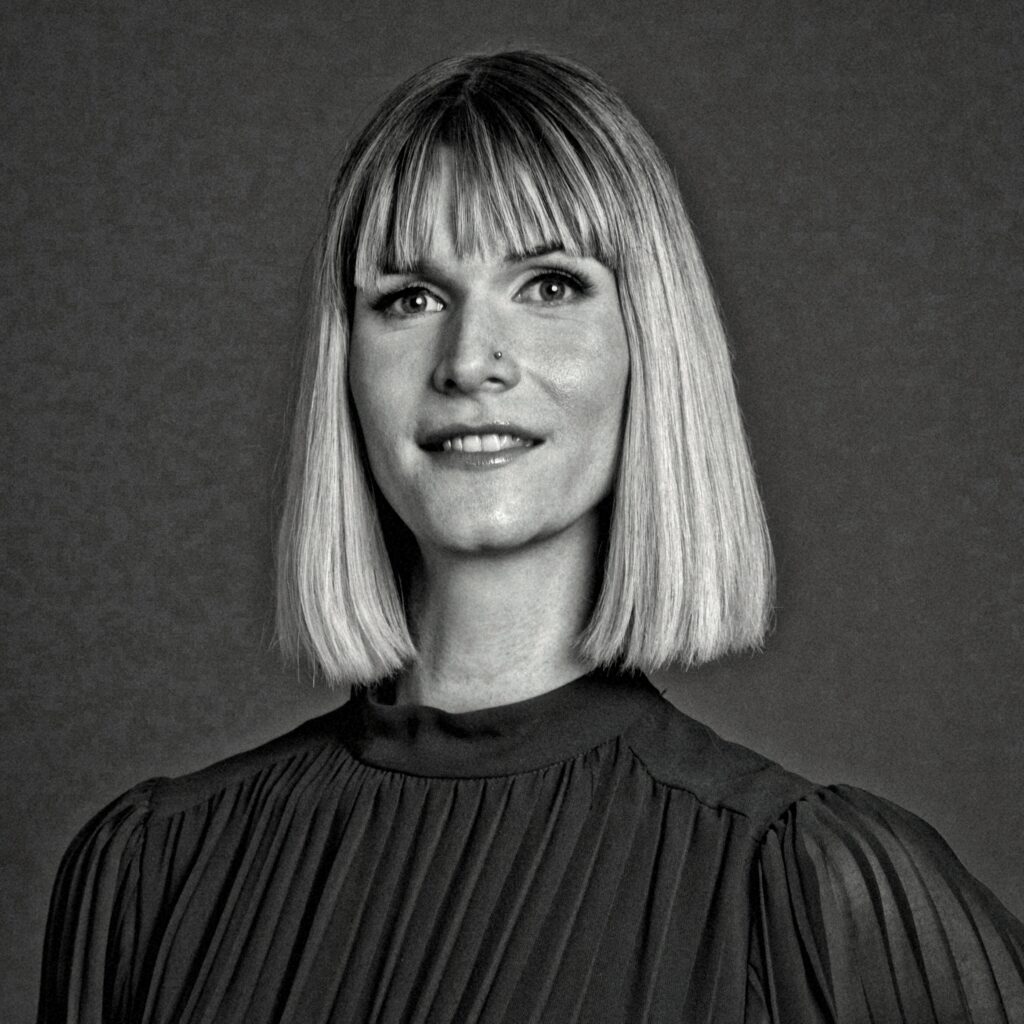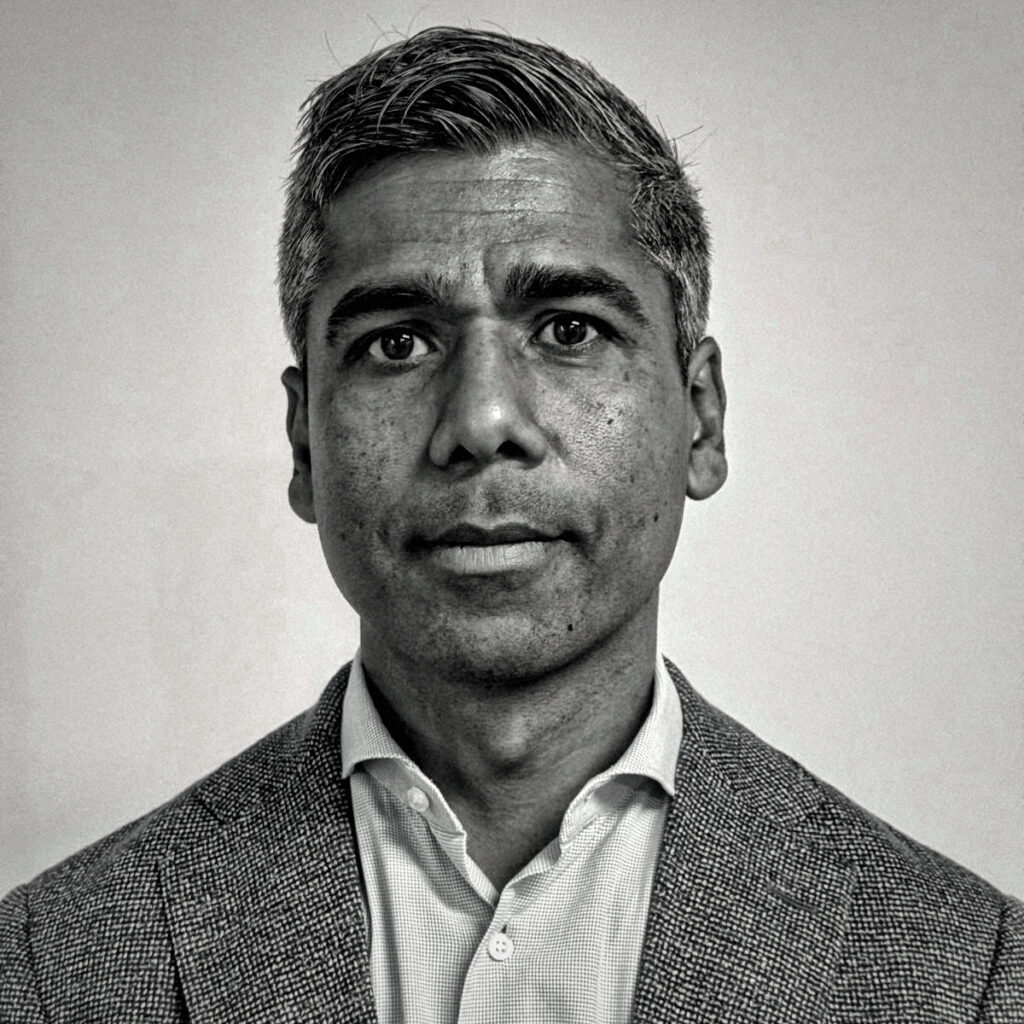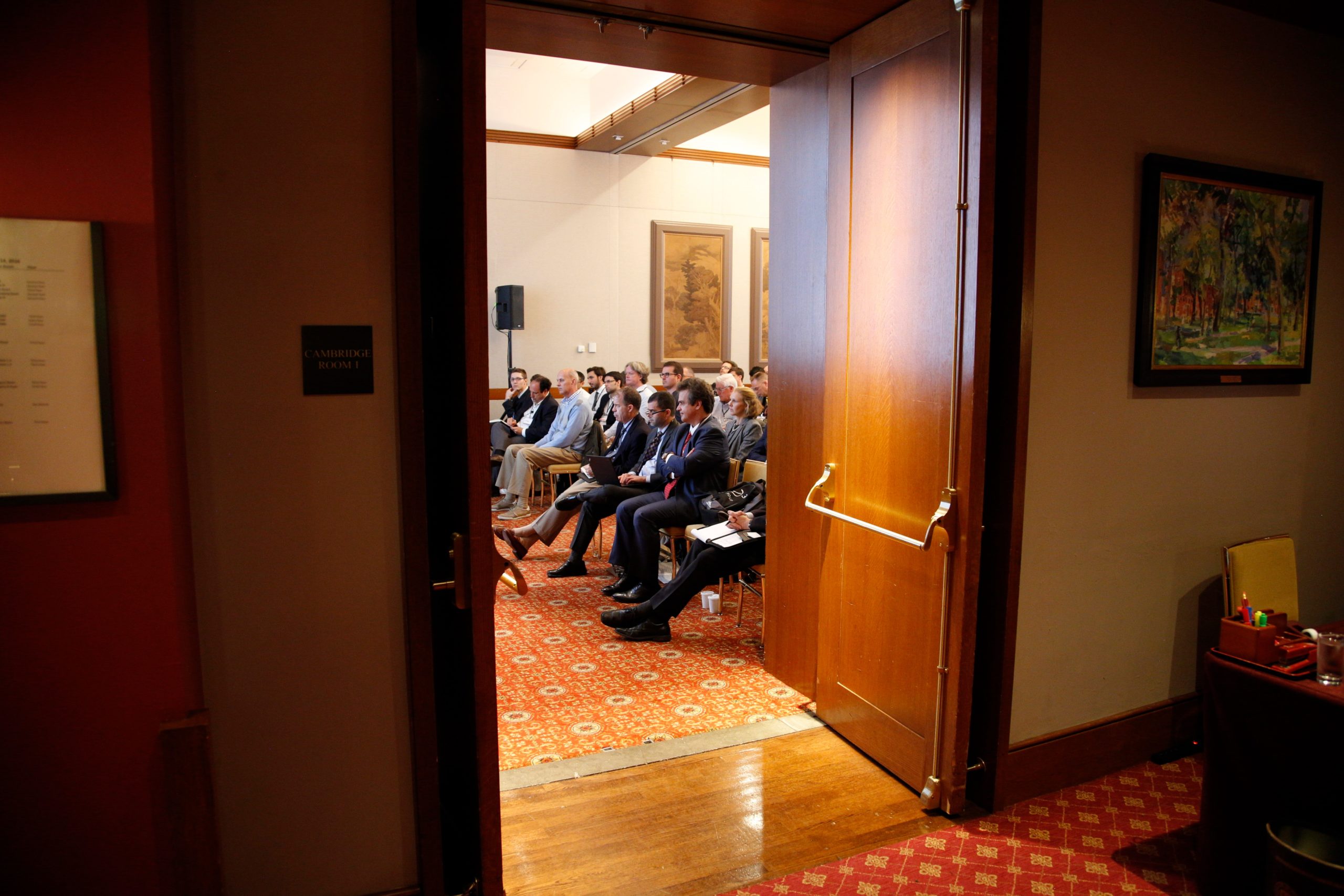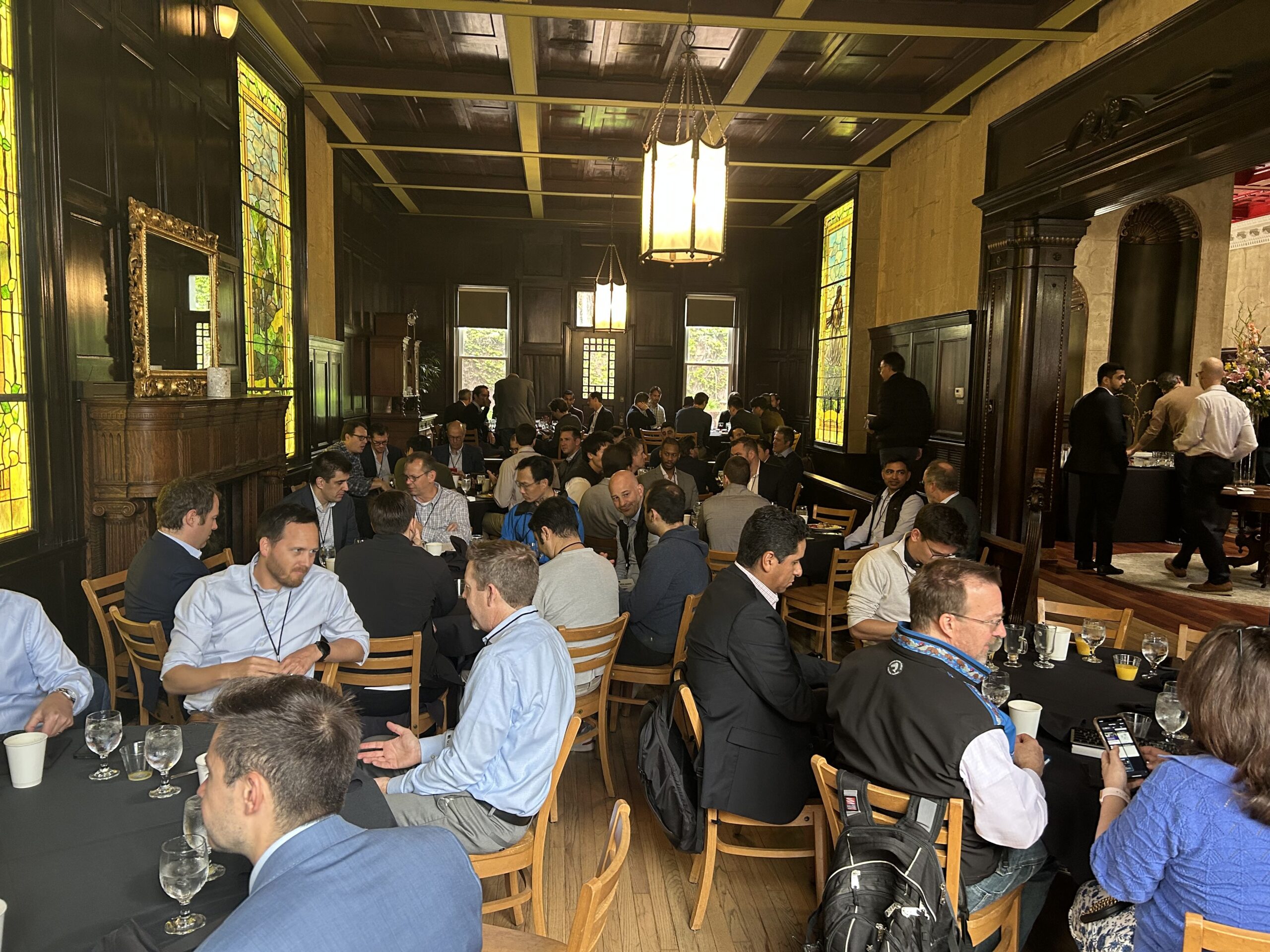A trio of value investors came together at an online conference hosted by MOI Global in 2014 to delve into the topic of investment checklists. In a Q&A session that lasted more than an hour and explored various aspects of checklist-based investing, Mohnish Pabrai, Guy Spier, and Michael Shearn shared their wisdom and insights into this important topic.
The audio replay and full transcript are available to members of MOI Global.
The following transcript has been edited but may contain errors.
John Mihaljevic, MOI Global: We’ve got three exquisite minds with us to discuss the topic of investment checklists, something that’s crucial in scrutinizing investment ideas. We have Mohnish Pabrai, who needs no introduction. He runs the Pabrai Investment Funds, has done so for quite a few years with amazing success and follows a strategy that seeks out undervalued companies. He is known in the industry for having a process that involves having an investment checklist and so we look forward to his perspective. Also joining us is Guy Spier, my Zurich-based friend and successful value investor who runs Aquamarine Fund. We also have Michael Shearn, who founded Time Value of Money and is the author of the excellent book, The Investment Checklist.
I’ll open the floor by mentioning that Mohnish a few minutes ago held up his investment checklist, and while I politely requested to see the checklist, we’re going to hear excerpts and thoughts about the process of constructing a checklist. Mohnish, could you talk about how you realized that checklists were of such importance to your investment process?
Mohnish Pabrai: The topic of checklists is something I don’t need too much cajoling to talk about. It’s near and dear to my heart. To give you a little backdrop, the pioneer of the usage of checklists is the aviation industry. Aviation today is ultra-cheap and ultra-safe, and those two attributes are directly a result of the usage of checklists. The modus operandi I followed in trying to create an investing checklist was to look at the FAA [Federal Aviation Administration] and the way it deals with airline safety. I used that in building a checklist.
If you go back a little further, Boeing had produced this bomber, and they wanted a large contract at that time from the U.S. Air Force. They were a shoe-in to get the contract and they had arranged for all the military top brass to come see a demo flight. When this B38 took off, it promptly leaned on one side and then crashed with causalities. That was the end of Boeing getting that contract, and the company had invested a huge amount in that airplane. They went back and analyzed what had gone wrong. This was a very complex airplane, and they came to the initial conclusion it was too much plane for a person to fly. It was too complicated.
Then, Boeing drilled down into the problem and came up with the first aviation checklist. To assist the pilot they said, “Before takeoff, here are some things you can do. While you’re in flight, here are the next things you need to do for landing and so on.” They convinced the Air Force to give them another try and, of course, the plane flew flawlessly. Subsequently, they had virtually no crashes unrelated to being shot at during World War II, so that plane performed magnificently. It was called the Flying Fortress.
From then on, checklists became fundamental in aviation. The way the FAA goes about looking at airline safety and flight safety is, on a steady-state basis the FAA does nothing. They get going when there’s a plane crash anywhere in the world of any significance. When there is a plane crash, they send their experts, and the NTSB [National Transportation Safety Board] gets involved. The main thing they’re focused on is to find out exactly what caused the crash. They spend ungodly resources to get that answer.
They have a very pragmatic approach. The FAA has a certain price for a human life, and that goes up every year to account for inflation. Last time I checked a few years back it was about $3.5 million per person. If there’s a plane crash, for example that “crash” landing on the Hudson where those flying geese hit that flight. They’re able to model what the probabilities of something like that happening are and, in fact, in the early 1960s, there was another airplane that crashed. That plane was hit by a bird or a few birds in one engine and then shrapnel flew out from that engine and destroyed the second engine, even the fuselage. It caused damage in the fuselage. That plane crashed and no one survived.
When that crash took place, the FAA studied the problem and mandated a number of changes in the way aircraft engines were manufactured in the future. They required an aircraft engine to not throw out any parts when it ingested a bird. It could fail, but it would fail in a manner that would not threaten the airplane. Birds hitting airplanes is a common occurrence. We never hear about it because there isn’t a crash, because there’s still at least one functioning engine. The Hudson crash was not just birds, but Canadian geese hitting the airplane. They looked at it, took a pragmatic approach, and tried to figure out the probabilities. My guess is they might put more rules around how airports control birds around airfields.
The approach the FAA takes, which is you send in people to examine a crash and then figure it out, is exactly the way I built the investment checklist. The equivalent of an investment crash is when you have a permanent loss of capital, so I said, “Why don’t we try to find a whole bunch of value investors who had these permanent losses of capital? Then once we see a permanent loss of capital, ask ourselves the question, ‘Was it obvious before the investment was made that there was likely to be a problem with the investment, something that was visible before the investment was made?’” Looking at the B38 model, which is investing a multi-variable-type activity, which a lot of different factors going into the dynamics for the future of business and one can easily get swayed by the upsides while ignoring some of the red flags and so we are building a list of red flags to look out for.
I looked at Warren Buffett’s mistakes, Charlie Munger’s mistakes, Longleaf Partners, Third Avenue, Seth Klarman, David Einhorn, and so on. I had an intern help me build a checklist and what we found is that in almost all cases, it was very obvious before the investment was made what was a very significant blind spot the investors, some great minds, didn’t think about. As we saw these mistakes, like for example, the easiest ones are Buffett and Munger because they talk about most of their mistakes, so things like Dexter Shoes, Berkshire Mills, U.S. Air, NetJets and these types of business, diversified retailing and so on, we were able to start to put together some questions about what had caused the failure and then we went to other investors. I also look at my own mistakes, obviously, because I had a full dataset. With some investors, they don’t talk much about their mistakes, so there was an exercise of trying to reverse engineer and sometimes we could and sometimes we couldn’t. If we couldn’t reverse engineer it, we just left it alone, but the ones that we could, we did.
I went about basically just building a list of questions. For example, when we saw the failure of Dexter Shoes, the question that came up was is this a business that can be negatively affected by cheap, foreign competition or cheap labor with these locales. Sometimes we had issues with businesses with unions. With something like US Air, the airlines have multiple issues because you’ve got a duopoly of suppliers, you’ve got a duopoly of engine manufacturers, you’ve got unions and then you’ve got pricing set by your dumbest competitor trying to cover marginal costs, so a number of different checklist questions that come out of that sort of a business. We just went around one-by-one and looked at the list and just started building the list. Eventually, the checklist now has about 97 questions on it and what I found so remarkable was that they fell into some very nice categories.
For example, I have the checklist here with me and this is the one I ran before we made the investment in Chesapeake Energy. It goes on for a few pages, but that’s because we’ve got all the mistakes below every question, but there’s a very neat section. The first section is on leverage and leverage doesn’t have a lot of questions, but it has the maximum number of failures, so all kinds of different issues with lots and lots of great minds missing things related to leverage. Another area is management and ownership and that has a number of different questions. Things like it has a senior team and the CEO has been together for a while, will the death or departure of the CEO have a significant impact, that sort of thing and then the next one we get to is on moats and basically comparative advantage, so state of competitive advantage. Then we get to business valuation as another area and finally, there’s a catchall, which is a small group, which is personal biases. We made all these lists of questions and then reorganized it by subject, so they basically fell into five broad categories.
Checklists, just like in aviation, we have such a low rate of air crashes and fatalities in crashes and checklists are, to a large part, responsible for that. They are a tool that carries a lot of weight without adding a lot of burden. For example, typically when I run the checklist the first time when I’m looking at an investment – it’s the last thing I do before making an investment – it usually takes no more than 15-20 minutes, maybe 30 minutes max to run it, but the first time I run it, it pops up all sorts of questions to which I don’t know the answer. That’s like been the biggest value addition, which is there are these blind spots that I have completely ignored. Then I go back and research the business some more to get answers to those questions and sometimes that can take a week or longer. Then I rerun a second time. Now the second time when I rerun it, we’ve got all the questions answered and we can see the failure or possible failure points.
There are no businesses that will get a clean bill of health on all 97 questions, that’s not going to happen on pretty much any business, but it demonstrates very clear what are the issues that could possibly cause a problem and it forces you to think about it and to try and weigh in your mind what the odds and probabilities are of those sorts of events coming to pass. Then you can make a very sensible go/no-go decision, so I’ve been using the checklists for about four years, I would say close to five years and it’s been a lifesaver in the sense that the error rate – it’s a short time to draw conclusions – the error rate at Pabrai Funds over the last five years is almost nonexistent. There have been only two situations where we’ve had a permanent loss of capital. The total amount of capital we lost in those two situations was $5.5 million out of more than $500 million, $600 million in investments, somewhere along that number, so less than 1% ratio of loss. I’m sure the loss ratio will go up in the future, but that’s a muted number.
Out of the $5.5 million, $5 million was a loss on one investment, which was based in Egypt and we lost money there because there was a revolution. There were very extreme stresses placed on this particular business, so knowing what I know even today, I would have still made that investment because that was an outlier factor. The checklist has been remarkable. I’ve very thrilled with the fact that I was able to add this to our arsenal and it’s a significant advantage for investors.
MOI Global: Guy, do you use a checklist after you’ve already done significant research, and then use the checklist as a tool to verify that nothing is missed, or do you use a checklist as a skeleton that guides you through the entire research process?
Members, log in below to access the restricted content.
Not a member?
Thank you for your interest. Please note that MOI Global is closed to new members at this time. If you would like to join the waiting list, complete the following form:













